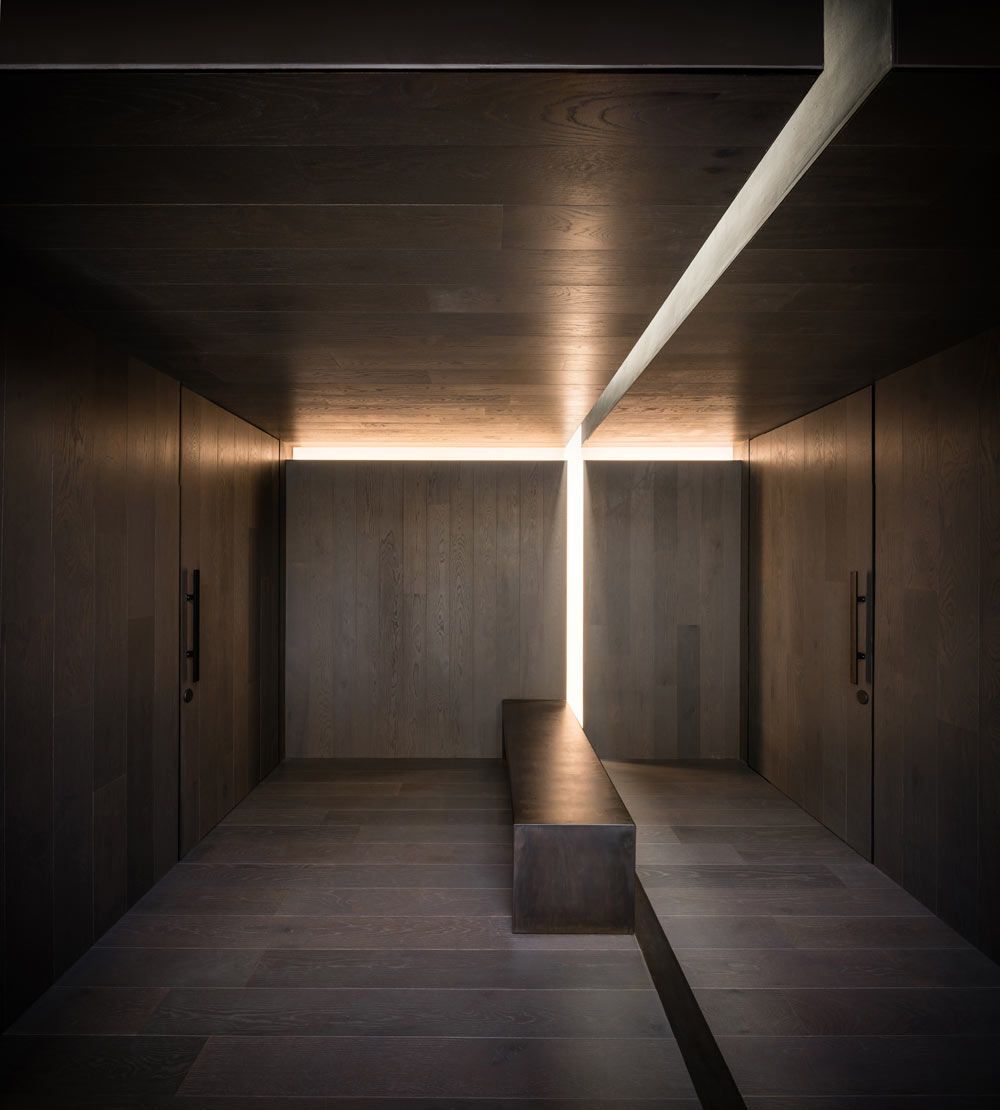Ep. 69: Dan Brunn
Architect Dan Brunn was born in Tel Aviv and moved to Los Angeles at age 7. The architectural contrast between the two cities made a deep impression and informed his life’s direction. Despite a language barrier, he made friends though the universal language of drawing cars and sharing new, exotic snacks. A guidance counselor once tried to convince him that he wouldn’t amount to anything. He’s proved that wrong by 1000%. Now, when he’s not staring down a mountain lion, he’s choreographing exquisite spaces.
Follow Dan Brunn + DBA Architecture on Twitter, Instagram, Facebook and at danbrunn.com.
Photo: Brandon Shigeta
What is your earliest memory?
Tough to really pinpoint, but one that sticks to mind, is this scary clown painting at my grandfather’s house. It was placed right at kids’ eye level. Odd.
How do you feel about democratic design?
It is probably not something to practice. No. Neither is most “collaborative design”. While I do enjoy working together with select people or teams, there has to be clear delineation of scope defined. I think it works best when professions are mixed, and not overlapping. Distinct responsibilities are assigned.
What’s the best advice that you’ve ever gotten?
Focus on what you are good at. My dad said that to me when I was probably around 9-10 years old.
How do you record your ideas?
Pen and paper, old school. Or my iPhone voice memos, for music ideas I get.
Coffee for Sasquatch / Photo: Brandon Shigeta
Hide Out / Photo: Brandon Shigeta
RTA / Photo: Brandon Shigeta
What’s your current favorite tool or material to work with?
Wood
What book is on your nightstand?
DeLorean, an autobiography by John Z. DeLorean. My friend Rem D. Koolhaas gifted it to me.
Why is authenticity in design important?
Authenticity in general is just so valuable. I prescribe to the notion of less is more, and one way to apply is through authenticity. For example, let certain materials perform a certain task. I wouldn’t try to have concrete be light, or too smooth. It’s a rough, tough and heavy material. So be it.
Hide Out / Photo: Brandon Shigeta
RTA / Photo: Brandon Shigeta
Favorite restaurant in your city?
Well, it’s a tough question, but my go to place has been Jones Hollywood for a while.
What might we find on your desk right now?
A mess, with a bunch of sketches, product samples and my iPhone.
Who do you look up to and why?
I don’t like the idea of idols in general and I wish I had a mentor. I find that so many people are flawed (as am I), so it’s hard to pinpoint one person. I also don’t want to answer this as my design gurus, boring. I’d say, the collective energy that is making our world more pleasant. The people that smile back to me, laugh and appreciate the hard days.
What’s your favorite project that you’ve done and why?
It is like asking a parent to name their favorite child. I can only offend a client if I leave them out, so I’ll take the safer route and opt for Bridge House, which is nearing completion in a few months. It’s a project that has pushed on a lot of barriers, while maintaining a very straightforward geometry. My core set of values.
Bridge House under construction
What are the last five songs you listened to?
Pulp - Bad Cover Version (check out the video)
Strokes - The End Has No End
George Gershwin - Rhapsody in Blue (I needed to chill)
Noel Gallagher - The Girl With X-Ray Eyes (c’mon America, listen up)
Adele - Skyfall (I want to make a version called Sky Mall)
Clever is produced by 2VDE Media. Thanks to Jennie Josephson for editing this episode.
Music in this episode courtesy of El Ten Eleven—hear more on Bandcamp.
Shoutout to Jenny Rask for designing the Clever logo.












